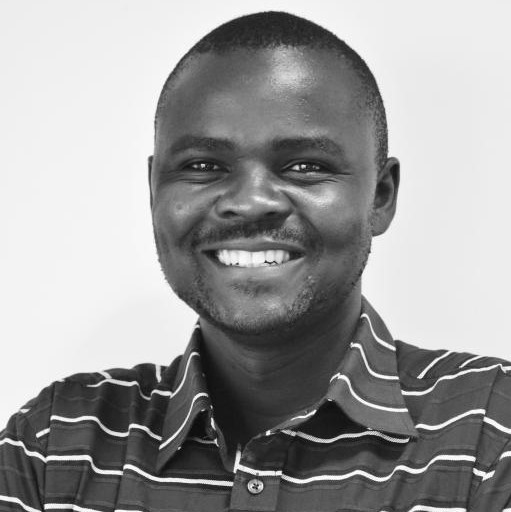Authors:
Onesmus Muti Mutie, Aggrey Mokaya and Ngure Kenneth
Journal:
Open Research Europe
Content:
Background
HIV remains a significant global health challenge, disproportionately
affecting adolescent girls and young women (AGYW). HIV testing is
crucial in controlling transmission and reducing its prevalence.
Understanding risky sexual behaviours among AGYW is pivotal in
aligning prevention interventions. Despite global prevention efforts,
testing gaps persist among AGYW, linked to risky sexual behaviour
(RSB). This study explores the association between these behaviours
and HIV testing utilization among AGYW (aged 15–24) in Kibra Sub
County, Nairobi.
Methods
A cross-sectional study sampled 379 AGYW from three wards in Kibra
Sub County in Nairobi County. To be an eligible participant, one must
have been a resident for at least one year before the time of the study
and aged between 15–24 years, employing standardized structured
interviewer-administered questionnaires and statistical analyses.
Results were analysed using Chi-square tests and a manual stepwise
procedure was used to enter variables with p-values <0.1 in the
bivariate model analysis into the multivariate logistic regression model at 95% Confidence Interval. Data was collected between June to
July 2023.
Results
Majority (80.7%) of the respondents were single, married (18.2%) or
separated (1.1%). Almost two-thirds (64.6%) were educated to
secondary school level, while tertiary and primary levels accounted for
23.5% and 11.6% respectively. Overall, HIV testing prevalence was
60.7% (n=230). Those aged 20–24 were 71.3% (n=164), with secondary
education were 63.5% (n=146) and married 28.7% (66) were more
likely to undergo testing. Respondents who failed to use condoms in
their last sexual encounter demonstrated a higher probability of
testing for HIV (OR 3.96,955 CI:2.12,7.58, p<0.001). those who
experienced gender-based violence were had a higher likelihood of
testing (OR: 4.65, 95% CI: 1.93,13.87, p-0.002)
Participants engaging in risky behaviours such as lack of condom had
higher odds of testing for HIV (AOR: 4.27, 95% CI: 2.25, 8.30, p-<0.001)
relative to those who used protection.
Conclusions
This study establishes a clear link between risky sexual behaviours
and HIV testing among AGYW Utilization of HIV testing among this
population is still low. Efforts to enhance testing rates are vital.
Interventions should align with acceptable methods, focusing on this
high-risk group to ensure effective HIV care and prevention. The
Ministry of Health should consider integration of HIV services in
various service delivery points, upscale the uptake of HIV-self testing
for both oral and blood blood based and support social protective
measures for AGYW to ensure effective HIV care and prevention.
Date:
2024-05-29



.jpg)